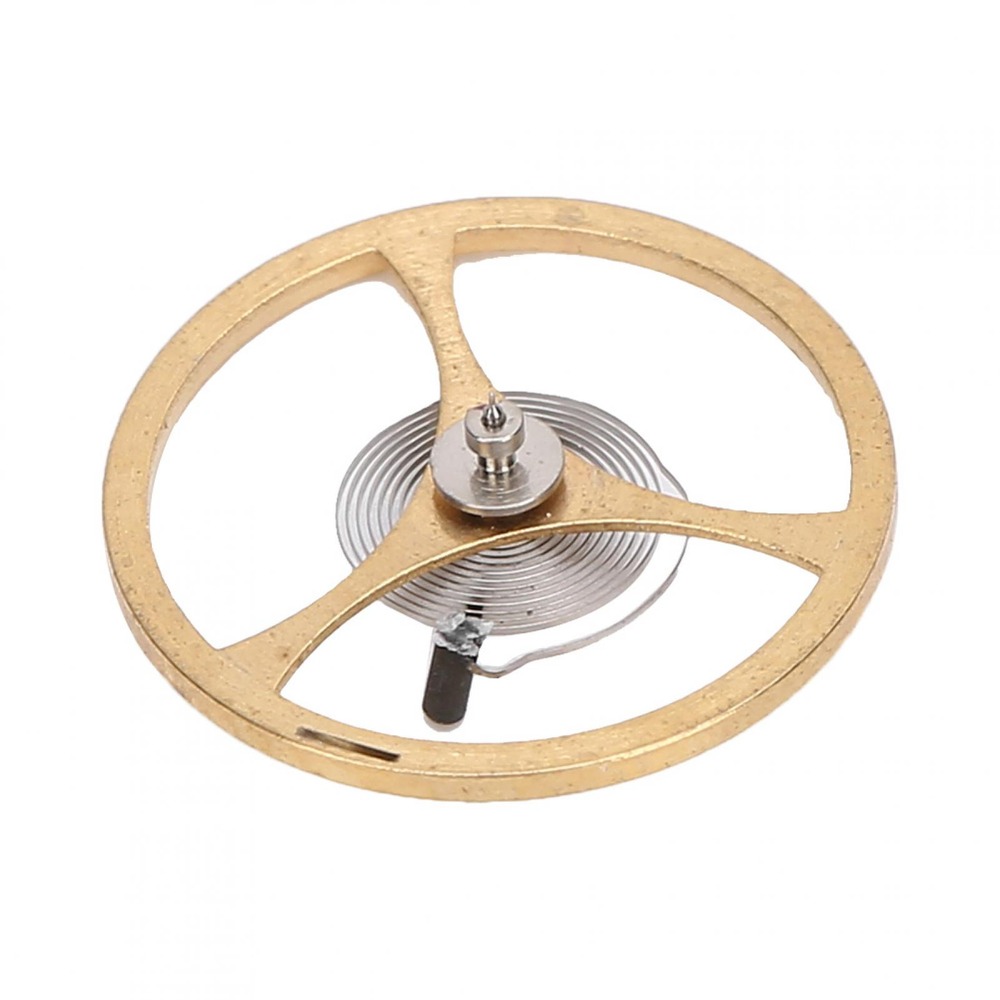How does a Watch Work?

Watches have been an essential accessory for centuries, and they continue to play a significant role in our lives. But have you ever wondered how a watch actually works? If you’re curious, you’ve come to the right place. In this beginner’s guide, we’ll reveal the secrets behind the inner workings of a watch.
Power Source:

A watch needs a reliable power source to keep ticking, and the most common source is a battery. It’s an indispensable component that keeps the watch running for an extended period. The mainspring is the heart of a mechanical watch. It stores energy and releases it to power the watch’s movement.
Movement:
The movement is the engine that powers a watch and keeps time. It’s a complex mechanism consisting of several parts that work in harmony to regulate the watch’s movement. A watch movement (also known as a “calibre”) is the engine of a watch that acts as the powerhouse to make the watch and its functions operate. This internal mechanism moves the hands and powers any complications such as a chronograph, annual calendar or dual time zone.
Oscillation:

The balance wheel oscillates back and forth, maintaining a steady rhythm that’s controlled by the hairspring. The hairspring helps regulate the speed and accuracy of the watch’s oscillations, which is what keeps the time. A full clockwise and then counterclockwise swing of the balance wheel is one oscillation. Hertz measures the number of oscillations in one second, indicating the movement’s frequency.
Escapement:

The escapement is an ingenious mechanism that regulates the energy released by the movement in precise intervals. It ensures that the watch hands move consistently, controlling the watch’s speed and accuracy.
Gears:

Gears play a crucial role in transmitting power from the movement to the watch hands. They work together seamlessly, ensuring that the watch’s timekeeping is precise. Wheels and pinions comprise the gear train. Wheels are large gears usually made of brass and pinions are small gears usually made of steel. They are riveted together when used in a gear train. Large gears are referred to as wheels and small gears are referred to as pinions.
Dial:

The dial is the face of the watch, displaying the time using the hour, minute, and second hands. It’s where all the action happens, and it’s often the most striking part of a watch’s design. It has a set of gears that translate the energy from the balance wheel and transfer it to the hands of the watch allowing them to move and show accurate time. Some dials come with additional features, such as date or chronograph functions.
In conclusion, watches are incredible feats of engineering, requiring precision and accuracy to keep time correctly. By understanding the basic principles of how a watch works, you can appreciate the beauty and complexity of these timepieces even more. Invest in a quality timepiece, and it will serve you well for years to come.
Image/Info References
Bob’s Watches
WE Clark Watch Repairs
Quora – What are the different parts of a watch?
Luxury Activist- Everything You Wanted To Know About Mechanical Watches And Never Dared To Ask
Watchbox – Understanding Watch Jewels
Beyond the Dial – Gears and the Going Train
